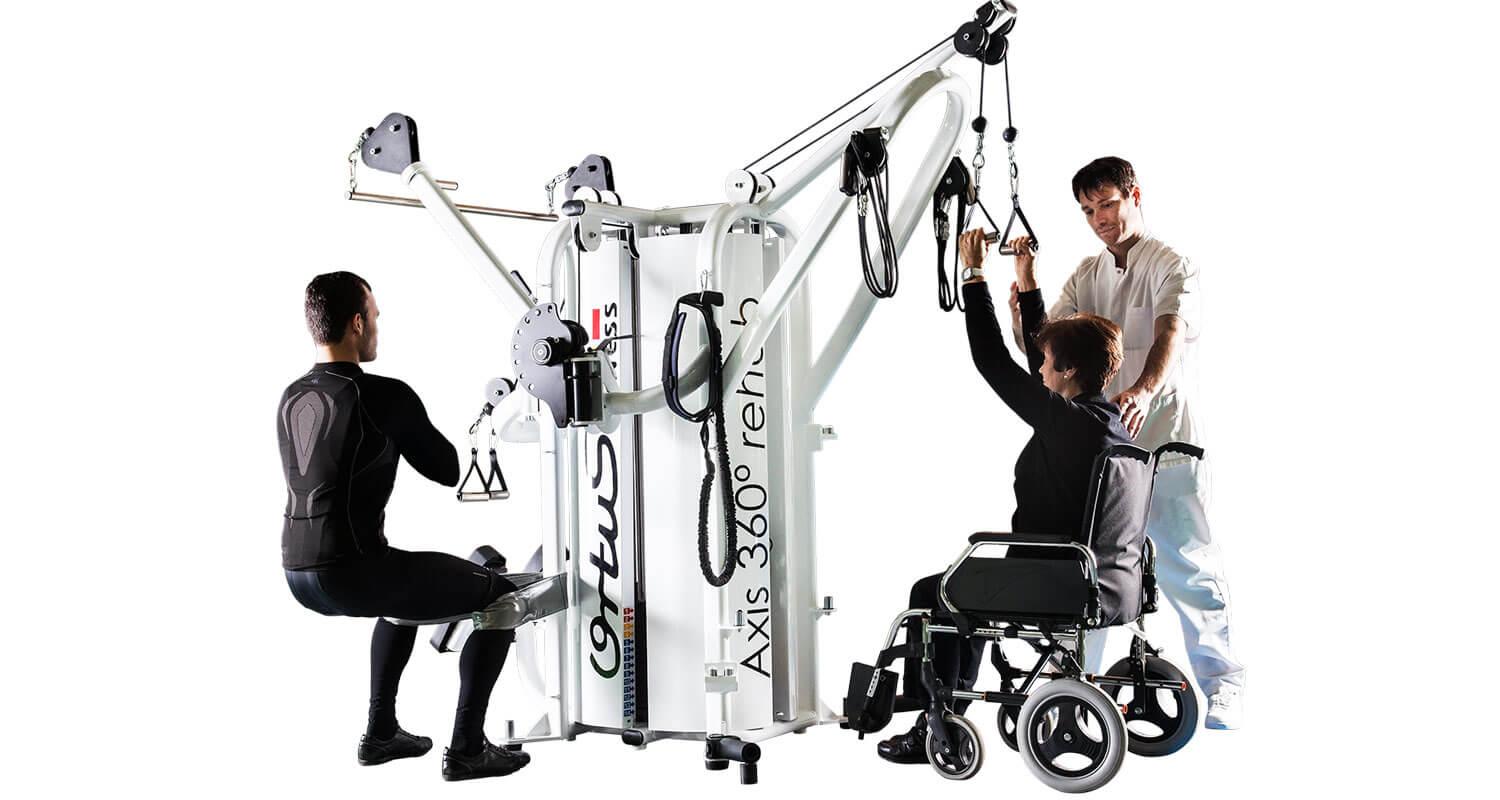In the pursuit of fitness and athletic excellence, the importance of a proper warm-up is often underestimated. Yet, it is the foundation upon which safe and effective workouts are built. Whether you’re an avid runner, a weekend warrior, or someone just beginning their fitness journey, the risk of injury is a common concern that can hinder progress and dampen motivation. This is where understanding and implementing the best warm-up techniques becomes crucial. In this article, we will explore a variety of warm-up strategies designed to prepare your body for physical activity, enhance performance, and most importantly, minimize the risk of injury. With empathy and expert guidance, we aim to equip you with practical tools to protect your body and empower your fitness journey. Let’s delve into the world of warm-ups and discover how these simple, yet effective techniques can make a significant difference in your workout routine.
Understanding the Importance of Warm Ups for Injury Prevention
Engaging in physical activity without proper preparation is like driving a car without checking its fuel levels. Warm-ups are essential as they prime your body for the demands of exercise, enhancing performance while significantly reducing the risk of injuries. By increasing blood flow to the muscles and improving flexibility, warm-ups prepare your body to handle physical stress safely and effectively.
Consider incorporating the following elements into your warm-up routine to optimize injury prevention:
- Dynamic Stretching: Unlike static stretching, dynamic stretching involves active movements that mimic the workout you’re about to perform. This helps increase muscle temperature and flexibility.
- Joint Mobility Exercises: These exercises help improve the range of motion in your joints, making them more adaptable to sudden movements.
- Gradual Cardiovascular Activity: Light jogging or brisk walking can elevate your heart rate and increase blood circulation, ensuring that your muscles receive enough oxygen.
| Warm-Up Component | Duration | Benefits |
|---|---|---|
| Dynamic Stretching | 5-10 minutes | Improves flexibility and prepares muscles |
| Joint Mobility | 3-5 minutes | Enhances range of motion |
| Cardio Activity | 5-10 minutes | Increases heart rate and circulation |
Remember, the key to effective warm-ups is consistency and attentiveness to your body’s signals. By dedicating just a few minutes before your workout, you are investing in your long-term physical health and performance.

Effective Dynamic Stretching Techniques to Enhance Flexibility
Dynamic stretching is an essential component of an effective warm-up routine, offering numerous benefits for flexibility and injury prevention. By actively moving muscles and joints through their full range of motion, these techniques help increase blood flow, enhance neuromuscular efficiency, and prepare the body for physical activity. Here are some of the most effective techniques you can incorporate into your routine:
- Leg Swings: Stand next to a wall or support, and gently swing one leg forward and backward, keeping your core engaged. This exercise helps improve hip mobility and flexibility in the hamstrings and quadriceps.
- Arm Circles: Extend your arms out to the sides and perform small circles, gradually increasing the size. This technique promotes shoulder flexibility and warms up the rotator cuff muscles.
- Walking Lunges: Step forward into a lunge position, ensuring your knee doesn’t go past your toes. Alternate legs as you move forward, focusing on hip flexor and thigh flexibility.
| Technique | Target Area | Benefits |
|---|---|---|
| Leg Swings | Hips, Hamstrings | Improves hip mobility |
| Arm Circles | Shoulders | Enhances shoulder flexibility |
| Walking Lunges | Hips, Thighs | Increases hip flexor flexibility |
By incorporating these dynamic stretches into your warm-up routine, you not only enhance flexibility but also reduce the risk of injury. Remember, the key is to maintain controlled movements and avoid bouncing to ensure the muscles are effectively prepared for the activity ahead.

Incorporating Sport-Specific Movements into Your Routine
Integrating movements that mirror the specific actions of your sport can significantly enhance your warm-up routine, priming your body for optimal performance and reducing the risk of injuries. This approach not only prepares the muscles you’ll be using but also engages your brain to recall the necessary motor patterns.
- Dynamic Drills: If you’re a soccer player, incorporate dynamic drills like high knees and butt kicks to mimic running motions. For basketball players, try side shuffles and jumping jacks to activate those lateral movements and vertical jumps.
- Sport-Specific Skills: Swimmers can benefit from dryland exercises such as arm circles and hip rotations to simulate strokes, while tennis players might use shadow swings to prepare for their matches.
| Sport | Warm-Up Movement |
|---|---|
| Running | Leg Swings |
| Baseball | Torso Twists |
| Cycling | Arm Circles |
It’s essential to listen to your body and adjust these movements according to your own fitness level and needs. By consistently incorporating sport-specific actions into your warm-up, you enhance your readiness and resilience, ensuring you’re prepared for the demands of your sport.

Expert Recommendations for Tailoring Warm Ups to Individual Needs
Understanding that every athlete is unique, experts emphasize the importance of customizing warm-up routines to suit individual needs. This personalized approach not only enhances performance but also significantly reduces the risk of injuries. Below are some expert-backed strategies to help tailor your warm-up exercises effectively:
- Assess Physical Condition: Begin by evaluating your current physical condition, including any past injuries, flexibility, and overall fitness level. This assessment will guide the selection of appropriate exercises.
- Set Specific Goals: Determine what you aim to achieve with your warm-up. Are you focusing on enhancing mobility, increasing heart rate, or preparing specific muscle groups? Clear goals will help shape a more effective routine.
- Include Variety: Incorporate a mix of dynamic stretches, aerobic exercises, and sport-specific drills. This diversity not only keeps the routine engaging but also ensures comprehensive preparation.
To further refine your warm-up, consider consulting with a coach or physical therapist who can offer professional insights. Below is a simple table illustrating how different factors can influence your warm-up choices:
| Factor | Recommended Focus |
|---|---|
| Past Injuries | Gentle joint mobilization |
| Fitness Level | Progressive intensity buildup |
| Sport Type | Sport-specific drills |
Remember, the key to a successful warm-up is personalization. By taking into account your unique needs and goals, you can create a warm-up routine that not only prepares your body for activity but also safeguards it against potential injuries.








































